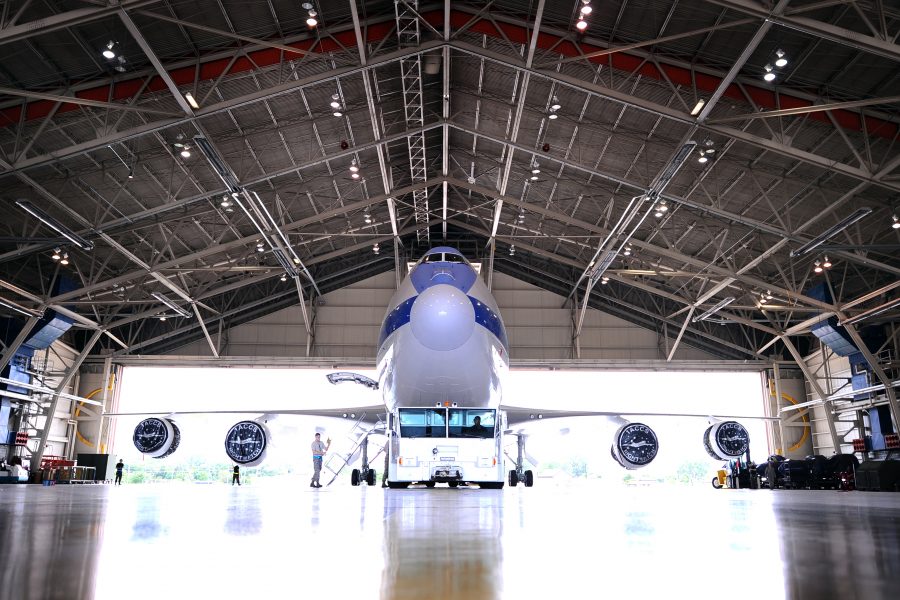A formal search for designs for the Air Force’s new nuclear command plane is again delayed into 2021, the service said Oct. 2.
The Survivable Airborne Operations Center is meant to replace the Air Force E-4B “doomsday” jet that can send the command to launch nuclear missiles if crews on the ground cannot, and that allows government officials to communicate in times of crisis. Pentagon officials recently finished an analysis of how the new aircraft could also handle the Navy E-6B Mercury’s similar mission, as well as replace the Air Force’s executive airlift fleet of C-32s that ferry the Vice President and other federal officials around the world.
The effort is falling into the group of the Air Force’s highest and most expensive acquisition programs, known as Acquisition Category 1. Those efforts cost more than $480 million to develop and more than $2.8 billion to produce.
“The acquisition strategy is being updated and coordinated with stakeholders,” the Air Force said on a federal contracting website. “As a result, the [request for proposals] originally planned for release in December 2020 is delayed.”
The Air Force previously wanted to release an RFP in September to begin collecting solicitations.
The four current E-4Bs are about 50 years old and are based at U.S. Strategic Command headquarters at Offutt Air Force Base, Neb. The aircraft are modified Boeing 747-200 aircraft, and the company said in July it will end production of the 747 series in about two years.
USAF wants to trade them out for commercial jets that could accomplish the same missions at a lower cost.
USAF’s budget for the replacement program’s research and development portion jumps from $12.7 million in fiscal 2020 to $143.3 million in 2025. The total cost is still evolving, according to Air Force budget documents.
The service had wanted to issue development contracts by September 2021, though it’s unclear how this latest delay will affect that timeline. A new plane would be in development through at least 2025, the Air Force said.
